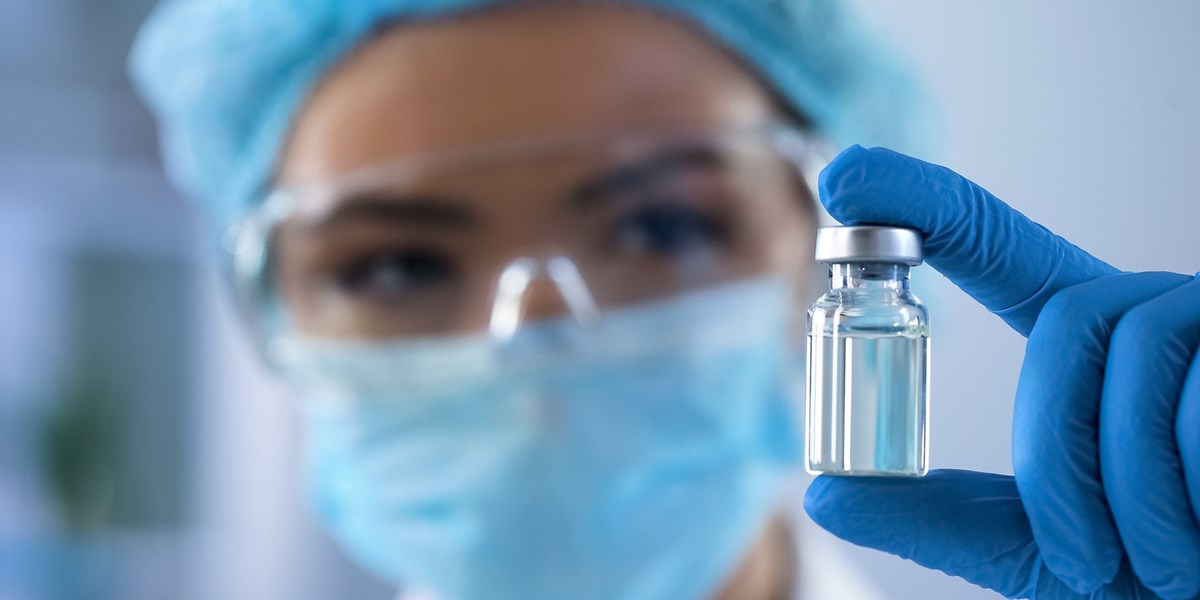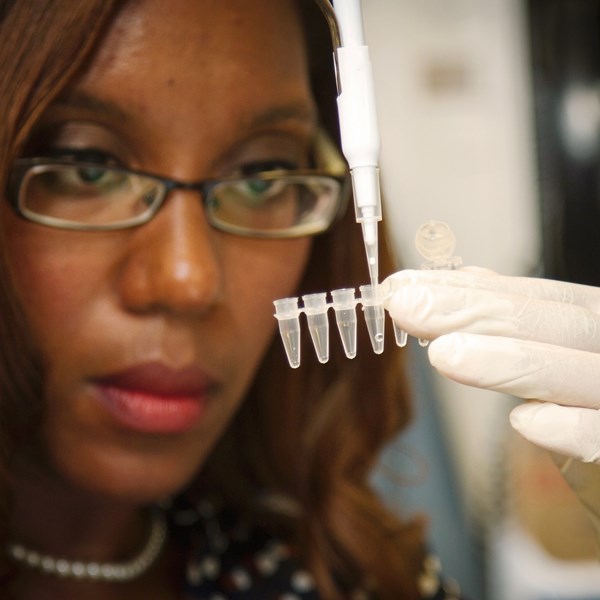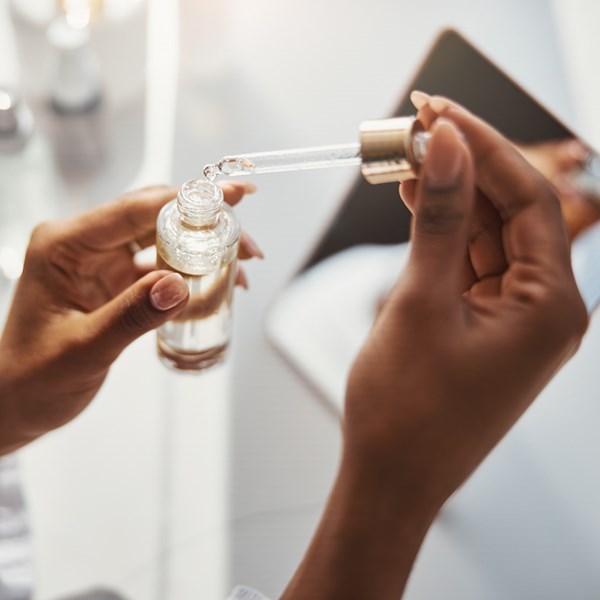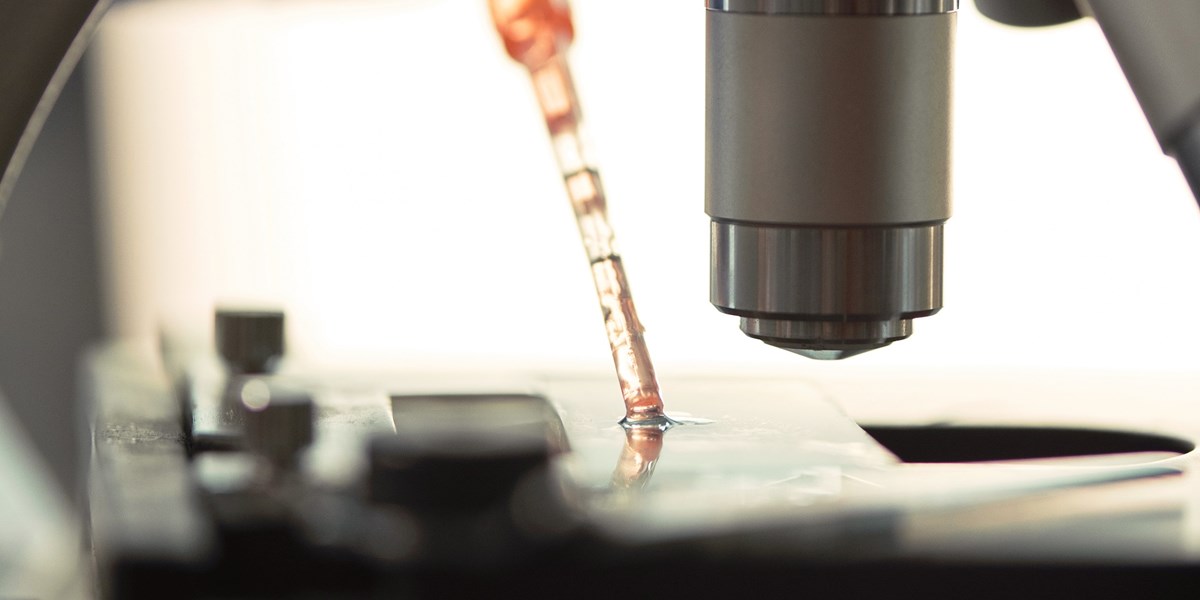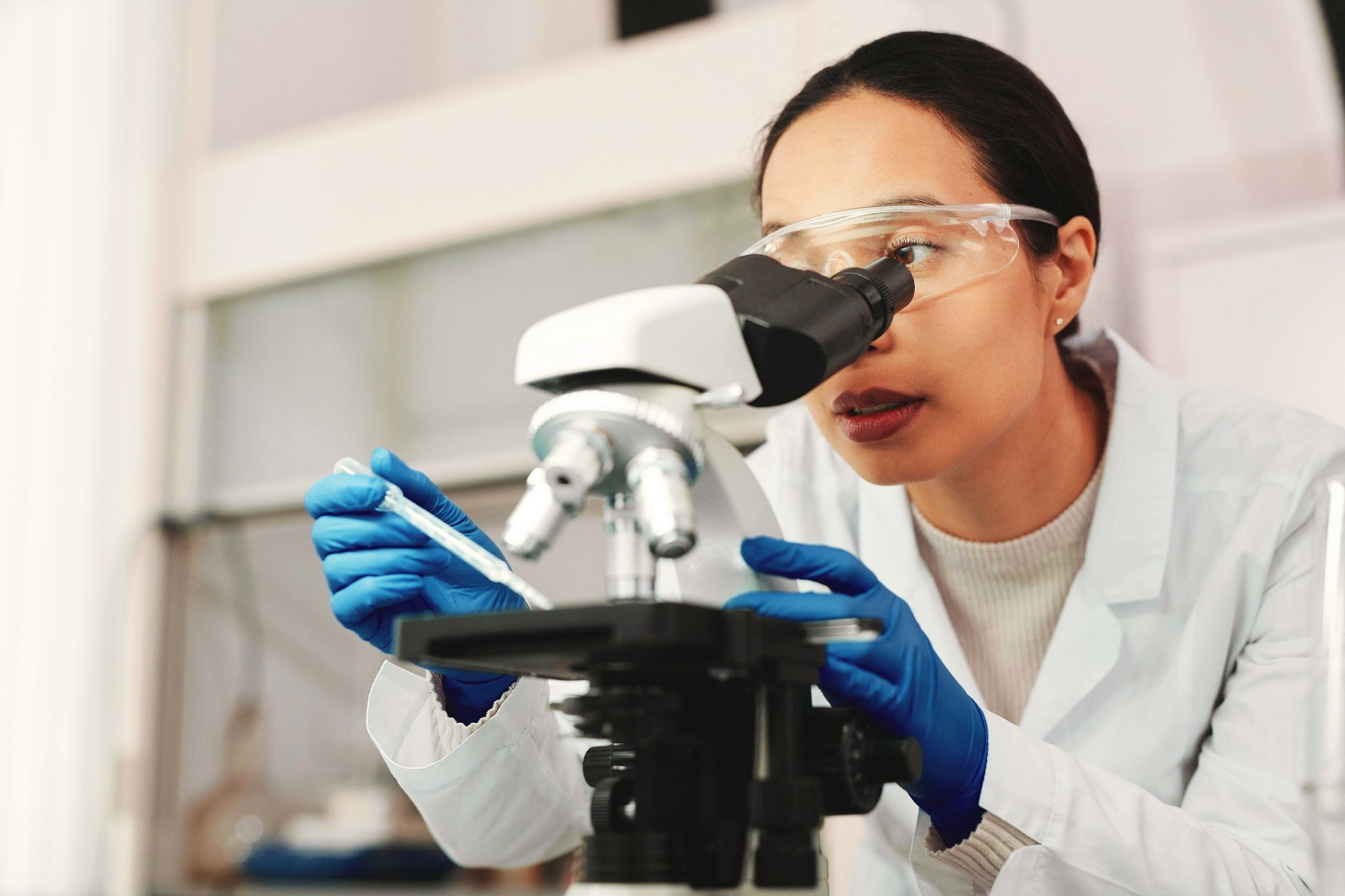Artificial intelligence, or AI, is used in everything from voice assistants and automated vehicles to digital therapeutics and drug discovery. One area that AI promises to revolutionise is medical diagnosis, where it has the potential to act as a vital tool for assisting medical professionals.
However, to achieve commercial success, even the best AI diagnosis algorithms must overcome significant hurdles.
PROTECTING PATIENTS
The first of these is regulatory approval. Software used for medical diagnoses is generally treated in the same way as medical devices, which means that AI diagnosis algorithms must obtain approval from regulatory bodies such as the US Food and Drug Administration (FDA) and the UK Medicines and Healthcare products Regulatory Agency (MHRA) before reaching the market. The purpose of this regulatory approval is to protect patients from unreliable algorithms that could lead to a misdiagnosis.
One recent example of successful regulatory approval is the AI service EchoGo Pro from UK-based Ultromics, which received approval from the FDA earlier this year. EchoGo Pro, which Ultromics describes as an “AI powered, outcomes-driven, decision support tool”, is intended to improve diagnostic accuracy of coronary artery disease.
So far, the FDA has only approved AI algorithms that are “locked” in the sense that they do not evolve over time, i.e. the same input data in always results in the same diagnosis being given. One of the strengths of certain types of AI algorithms is their ability to adapt and learn as more data is collected, which in theory allows the algorithms to improve over time.
The FDA has recognised that its traditional approach to medical device regulation was not designed for adaptive AI technologies, but it has not yet implemented changes to address this. Naturally, any diagnostic algorithm that evolves over time needs careful consideration to ensure that it remains a reliable diagnosis tool, and it is unclear how regulatory bodies such as the FDA will address this issue.
While the regulatory approval process can be challenging, regulatory bodies are certainly open-minded to the benefits that AI can bring to medical fields. As an example, the MHRA recently awarded a £1.5 million contract for an AI tool that processes adverse reactions to Covid-19 vaccines. Regulatory bodies are likely to loosen restrictions as AI diagnostic algorithms become more prevalent and gain a proven track record for reliability.
PROTECTING ALGORITHMS
In addition to regulatory hurdles, another obstacle is how to protect AI diagnosis algorithms against copying by competitors. There are several options, each of which has its own benefits and pitfalls.
One option is to keep the algorithm as a trade secret and hope that your competitors do not deduce how your algorithm works. The drawback of this form of protection is that it does not prevent competitors from independently producing an algorithm that works in the same way as yours.
The training data used to train the AI algorithm may also have significant commercial value, especially if considerable effort has been invested in obtaining the data. Training data can potentially be protected as a trade secret, and it may also be eligible for protection under automatic database rights available in the UK and EU. However, this protection again does not prevent competitors from independently obtaining their own training data.
Another form of protection to consider is patent protection. Patent protection is a monopoly right, which means that it enables the patent owner to stop competitors using any algorithm that that infringes the patent, even if the competitor develops it independently.
However, patent protection is not always straightforward to obtain. AI diagnosis methods combine two tricky areas of patent protection: diagnostic methods and computer software. Each of these is technically excluded from patentability in many countries, but these exclusions can often be circumvented through careful drafting of a patent application.
A granted patent can be a huge asset, as it can be used to prevent competitors operating in your key markets and can be used as leverage in licencing discussions. As such, patent protection should always be considered when protecting AI diagnosis algorithms.
A strong IP strategy normally involves combining different types of protection. For example, the training data may be best protected as a trade secret, whereas aspects of the AI diagnosis algorithm itself may be best protected using patents.

